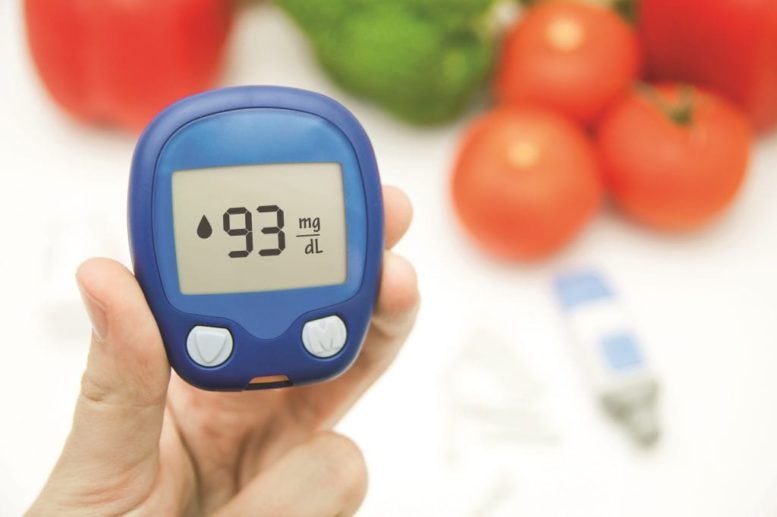The numbers are striking: More than 100 million U.S. adults are living with diabetes or prediabetes, according to the U.S. Centers for Disease Control and Prevention (CDC). Of the estimated 30.3 million adults with diabetes, 23.1 million were diagnosed, and 7.2 million were undiagnosed, says the American Diabetes association in its latest update.
The most foreboding statistic has to do with prediabetes, which means a person’s blood glucose (sugar) level is higher than normal, but not high enough yet for a diagnosis of type 2 diabetes. If left untreated, prediabetes can progress into type 2 diabetes. About 1 in 3 U.S. adults has prediabetes.
The fourth Tuesday of every March is designated as Diabetes Alert Day — March 26 this year — by the American Diabetes Association (ADA). The ADA encourages everyone to take less than five minutes and answer seven questions. At the end, you are given a number from 1 to 10 to determine your risk level, 10 being the highest.
“The goal of Diabetes Alert Day is to identify patients who are at risk for diabetes or who have diabetes already and don’t know about it,” said Pascual De Santis, M.D., an endocrinologist with Baptist Health Primary Care. “There’s a very simple questionnaire found on the American Diabetes Association website. And we hope that is sufficient to get people motivated to see their primary care physician and be tested for diabetes.”
Many more Americans in recent years have become aware of the dangers of high blood sugar. But a decades-old obesity epidemic is helping fuel widespread diabetes or prediabetes. From 1980 through 2014, the number of Americans with diagnosed type 2 diabetes increased four-fold, from 5.5 million to 22.0 million, according to the CDC.
Insulin allows blood sugar (glucose) to enter cells, where it can be used for energy. When the body doesn’t have enough insulin or can’t use it effectively, blood sugar builds up in the blood.
Diabetes is a serious disease that can often be managed through regular physical activity, proper nutrition, weight management, and the appropriate use of insulin and other medications to control blood sugar levels. People diagnosed with diabetes are at increased risk of serious health complications including premature death, vision loss, heart disease, stroke, kidney failure, and amputation of toes, feet, or legs.
A new study published this month in Mayo Clinic Proceedings focuses on the benefits of exercise, especially resistance training, for preventing type 2 diabetes. The study involved more than 4,500 adults, ages 20 to 100 years old, with a high risk of developing type 2 diabetes. Moderate strength training and an increase in overall muscle mass were shown to reduce a person’s risk of developing type 2 diabetes by 32 percent.
Lifestyle modifications, incorporating physical activity and proper nutrition, can prevent diabetes and help those already diagnosed with the disease to reduce medications and prevent serious complications, says Dr. De Santis.
“If you’re prediabetic, there is a good chance you can delay the appearance of diabetes or prevent it outright,” said Dr. DeSantis. “If you’re already diabetic, and you initiate intervention, then you are going to either significantly delay or prevent long-term complications.”







Comments are closed.